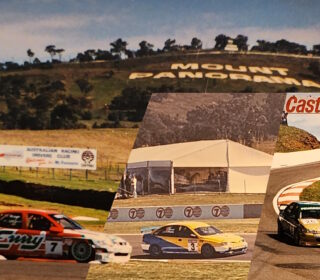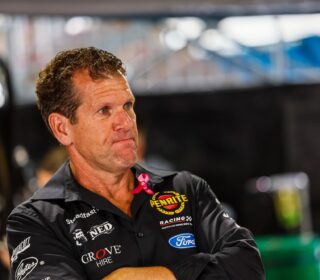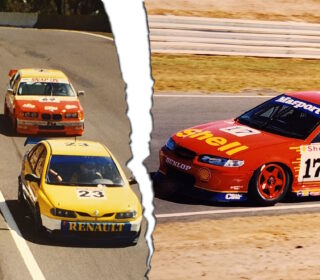PART 1: DALLARA DAYS
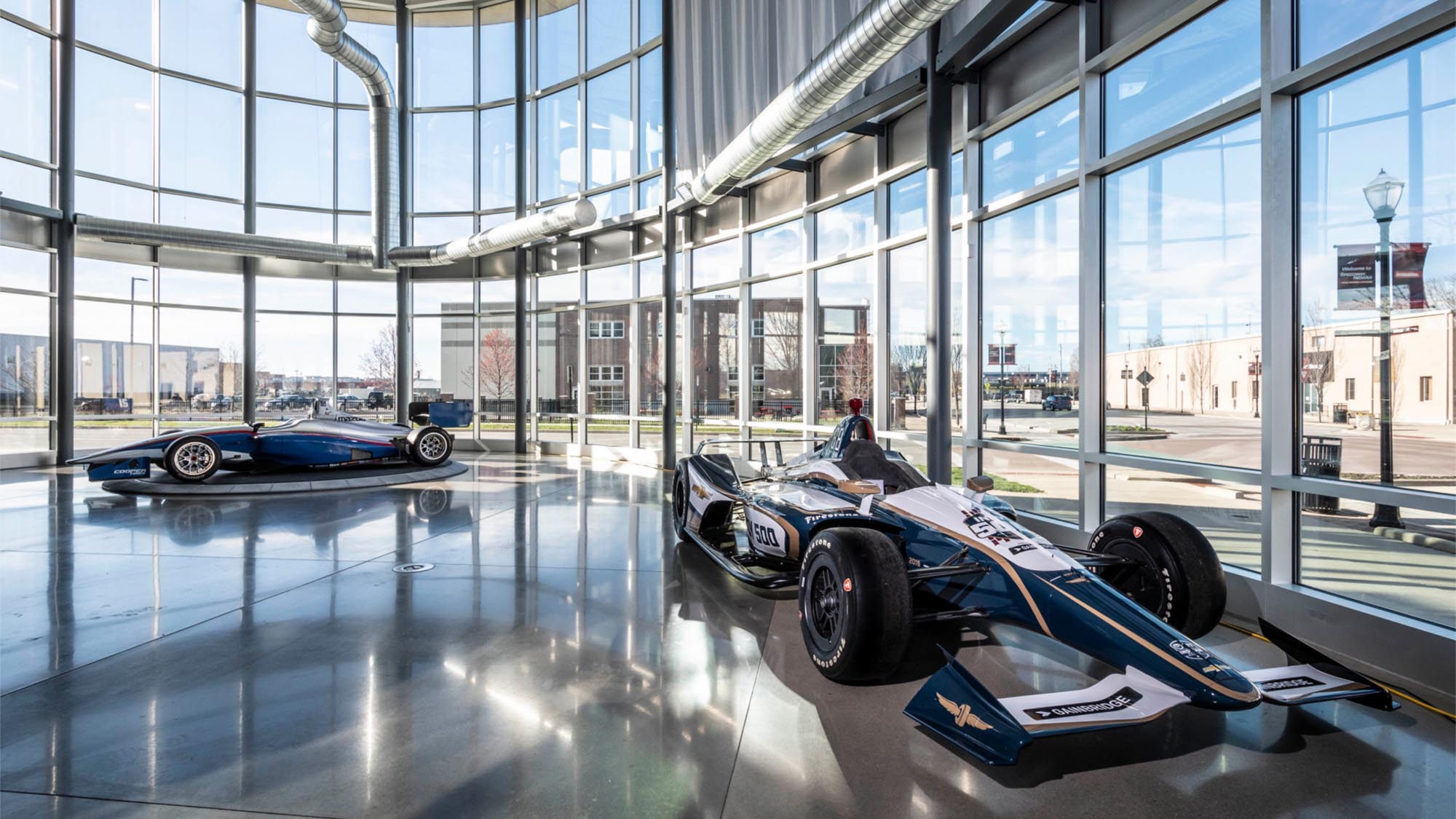
Motor Sport has a rich heritage of racing teams bearing the name of their creators. In modern Formula 1 enduring brands such as McLaren and Williams continue the legacy of Bruce McLaren and Frank Williams, even though they are now run as very different companies.
Other names such as Tyrell, Jordan and possibly the most famous of all, Ferrari, epitomise the strength and foresight of their founders.
One name that has outlasted many and is still going from strength to strength is Dallara. Founded and still run today by Gian Paolo Dallara, the company was formed in 1972 and soon began producing chassis for Hillclimb and Sports Car racing. Dallara had worked for Ferrari, but his desire to work in motor racing took him to Maserati, then to Lamborghini prior to the establishment of Dallara Automobilli Competitizione in Parma, Italy.
Dallara designed his first Formula 3 car in 1978 for Walter Wolf Racing. The Dallara Formula 3 chassis – known as WD1 – was raced by Bobby Rahal in Wolf colours in many European F3 races. Just three years later the first F3 chassis bearing the Dallara name was launched. The Dallara 378 quickly established a successful niche in the Italian F3 Championship.
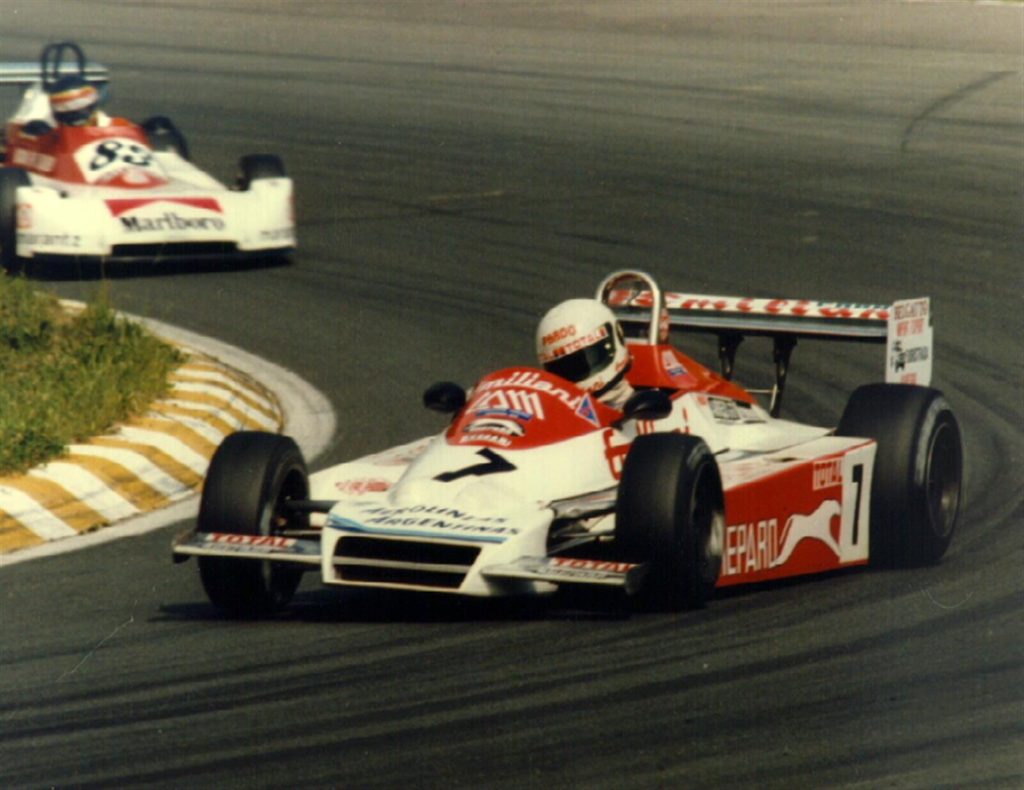
“Before Formula 3 there was sports cars that were based on Fiat X19 chassis and that bought us to have a relationship with a big company which helped to make us stronger,” Gian Paolo Dallara told The Race Torque, “After a meeting with Walter Wolf, we decided to make a Formula 3 car.”
“After a few years we decided to continue in Formula 3 under our own name, and at the time that became the most important activity of the company,” Dallara added.
1984 was a major step for Dallara with the building of the first wind tunnel with a rolling belt in Italy. The following year the first carbon fibre monocoque Dallara, the F385 was launched. Up until that time the use of carbon fibre in chassis construction was the domain of Formula 1.
‘We built a wind tunnel, and although it was small, it gave us a great advantage in developing the aerodynamics. We were also the first to use carbon fibre chassis which gave us an advantage over our competitors.” Dallara recalled. “It (Formula 3) was the category that gave us the chance to grow and in turn grow our reputation around the world.”
The rapid expansion of the Dallara brand in Formula 3 saw it become the dominant brand in every F3 Championship across Europe. Conquering the renowned British series was the ultimate prize, however Gia Paolo Dallara did not initially envisage the amazing success of the Dallara F3.
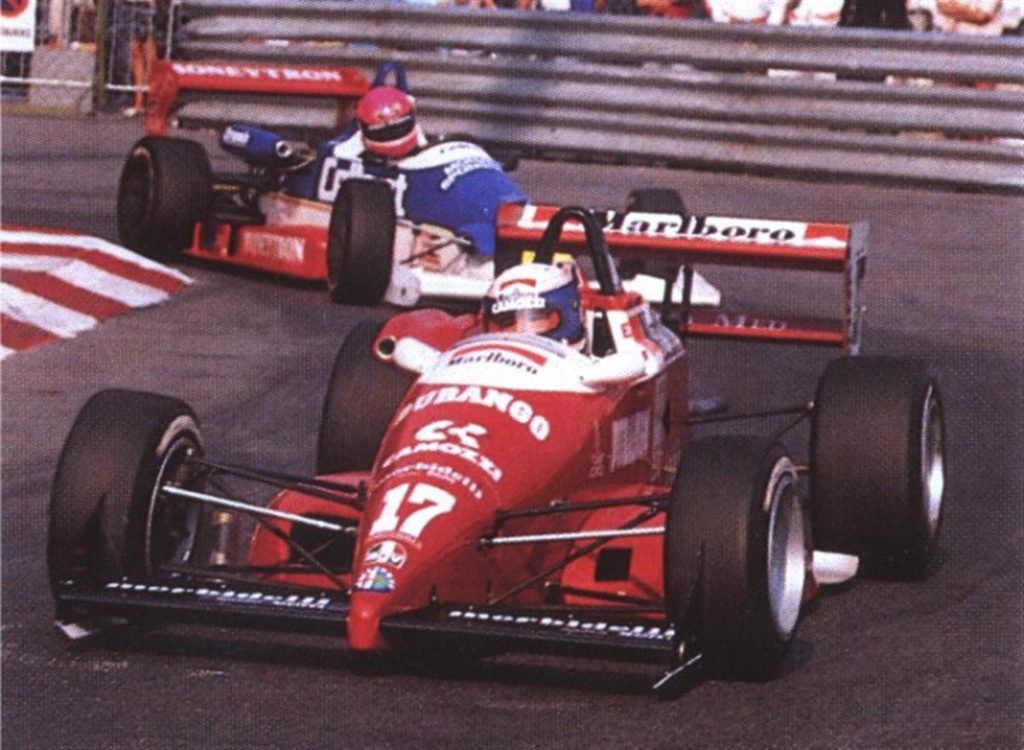
“Absolutely not,” he said. “In fact, in the beginning we were only competitive in Italy, then in turn the Formula 3 series in Germany and France. This was mainly because of Jean Alesi, but it was very difficult to break into England, the most important market and the market with the biggest reputation,” Dallara added.
“We did something in England we had never done before. It was the only time we have ever done so in the history of the company; we gave a Dallara F3 free of charge.”
The Dallara F393 finally made its debut in the hands of Edenbridge Racing’s Oliver Gavin in Round 4 of the 1993 British F3 Championship and set about a charge that would see Edenbridge win Rounds 6,7 8 and 9 in a row totally crushing the previously dominant Reynard 933.
So dominant was the F393, that all the major teams dumped their Reynard and Ralt chassis mid-year and placed orders for the Dallara. Paul Stewart Racing took the 93 F3 Crown in England with Kelvin Burt winning from Gavin. Meanwhile the Dallara F393 continued to dominate the Formula 3 Championships worldwide with only Japan missing out and by 1995, Formula 3 was now Formula Dallara.
The Dallara chassis, in various model configurations, went on to win every British F3 title up until 2014 where it ceased to be a National British Championship.
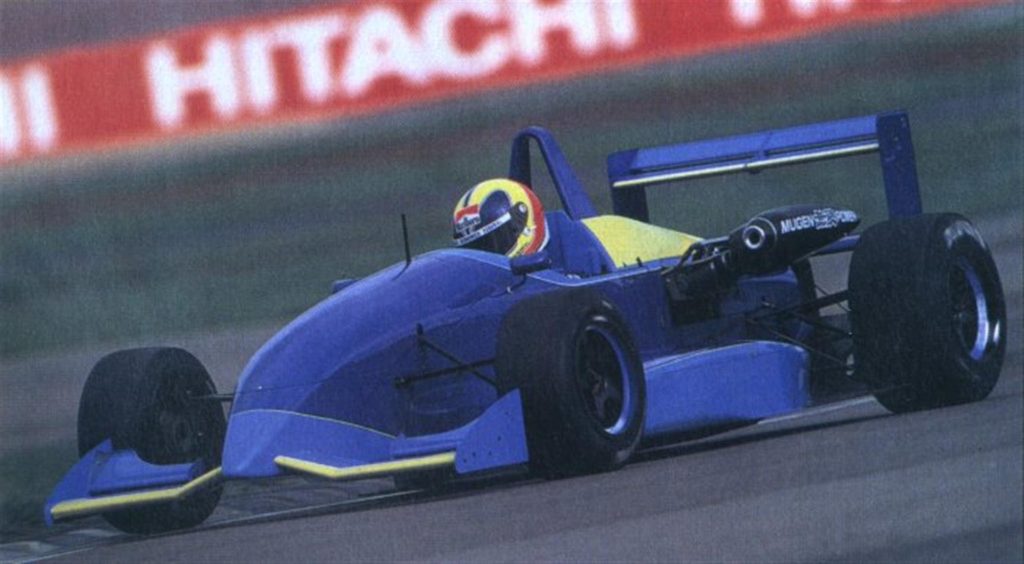
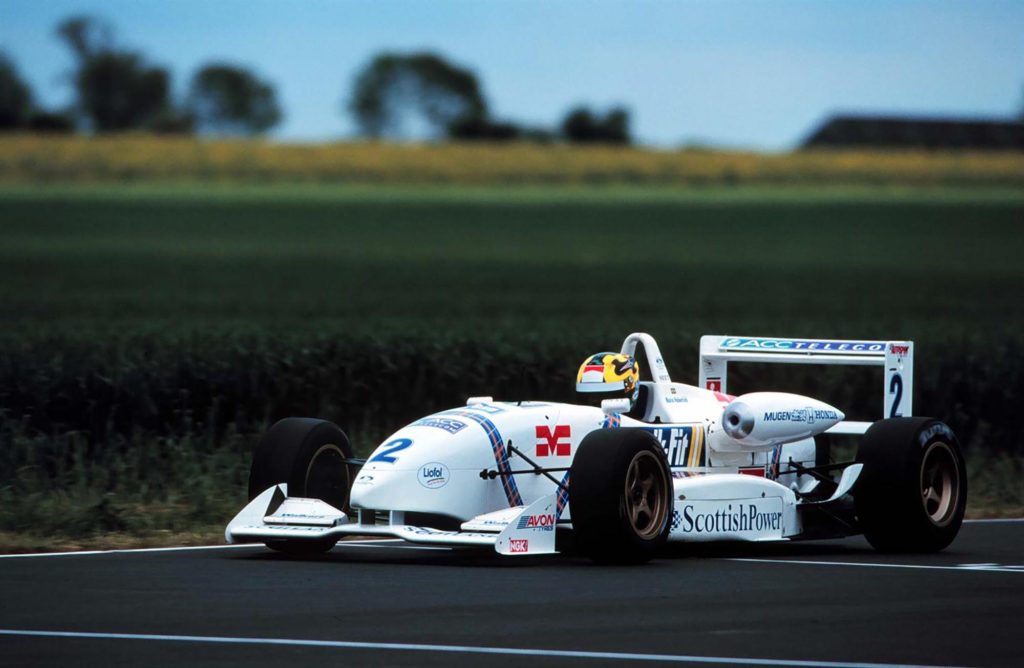
Whilst Formula 3 went from strength to strength for Dallara, many other racing categories and automotive partnerships were being developed. Several commissioned projects saw the Dallara name running in Formula 1.
BMS Scuderia Italia ran a Dallara chassis in the Formula 1 World Championship for five years, netting only a handful of podiums and top 10 finishes in the Constructors Championship.
Further programs with Honda, Midland (a re badged Jordan F1) and Hispania were all out of Dallara’s direct control and delivered few results.
In 2015, Dallara were once again working on an F1 project constructing the chassis for the new for 2016 HAAS Formula 1 team. The project continues as HAAS utilise Ferrari and Dallara facilities and personnel in their F1 team structure.
However, in context, the next step for Dallara from dominating Formula 3 was yet to come. The huge potential of the United States market opened up in the early 1990’s via a sports car program.
The Ferrari 333 SP was a sports prototype race car that was built by Dallara to compete in the World Sports Car championship. Unveiled at the end of 1993, at the behest of amateur racer Giampiero Moretti (owner of the MOMO auto parts business), the 333 SP marked Ferrari’s official return to sports car racing after a 20-year absence.
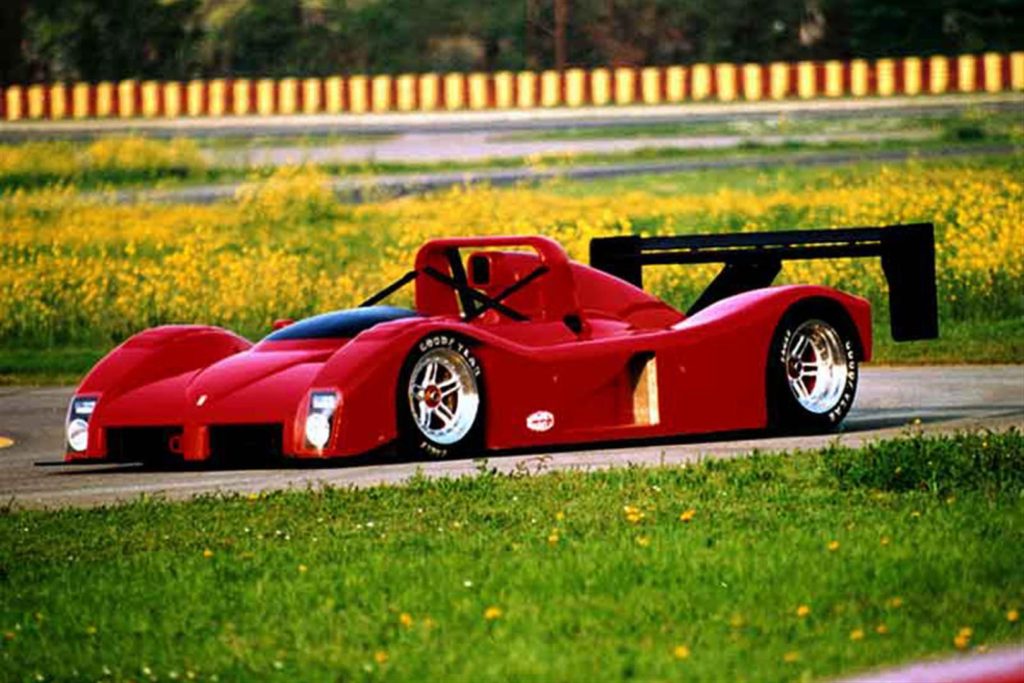
While the 333 SP was in its planning stages, Ferrari contracted Dallara to assist with its development. Dallara provided the transmission and suspension and were also responsible for aerodynamic development and bodywork construction. It would lead to an amazing journey for the company in the USA.
“Sometimes there is a sliding door that brings you to a new place. We did some work with Ferrari to design and build the 333P Sports Car which would race in the USA. One of the (sports car) teams we worked with was very competitive and was also racing in Indy Car,” Gian Paolo Dallara recalled. “When the owners of the Indianapolis 500 split to form the Indy Racing League, Andy Evans (owner of the Scandia team which ran the Ferrari 333P) suggested to Tony George that he and his team contact Dallara. They arrived in Italy and asked if we were ready to build 17 cars for the following year. We said of course, yes!” he added.
“It was absolutely unbelievable the way we arrived in the USA,” Dallara said with a smile.
“Because of Ferrari, because of Andy Evans making the contact with Tony George and us. We had to learn, and we did. We had to learn how difficult it was and how tough the Indy Car competition was. But it was the most important step for us,” He added.
Dallara won its first Indianapolis 500 in 1988 with Eddie Cheever and Dallara’s have won the prized race twenty-one times!
The IRL and CART conflict finally ended some years later and Dallara was again in an excellent position to become the chassis supplier to the unified IRL/CART Championship in 2008 after nearly 12 years of the two parties being split. It has been a very successful partnership.
TOMORROW: In Part two, we chart Dallara’s IndyCar adventures and success, their attempts at Formula One glory and how they came to take over the single-seater junior category world.
IMAGES: Courtesy Dallara



